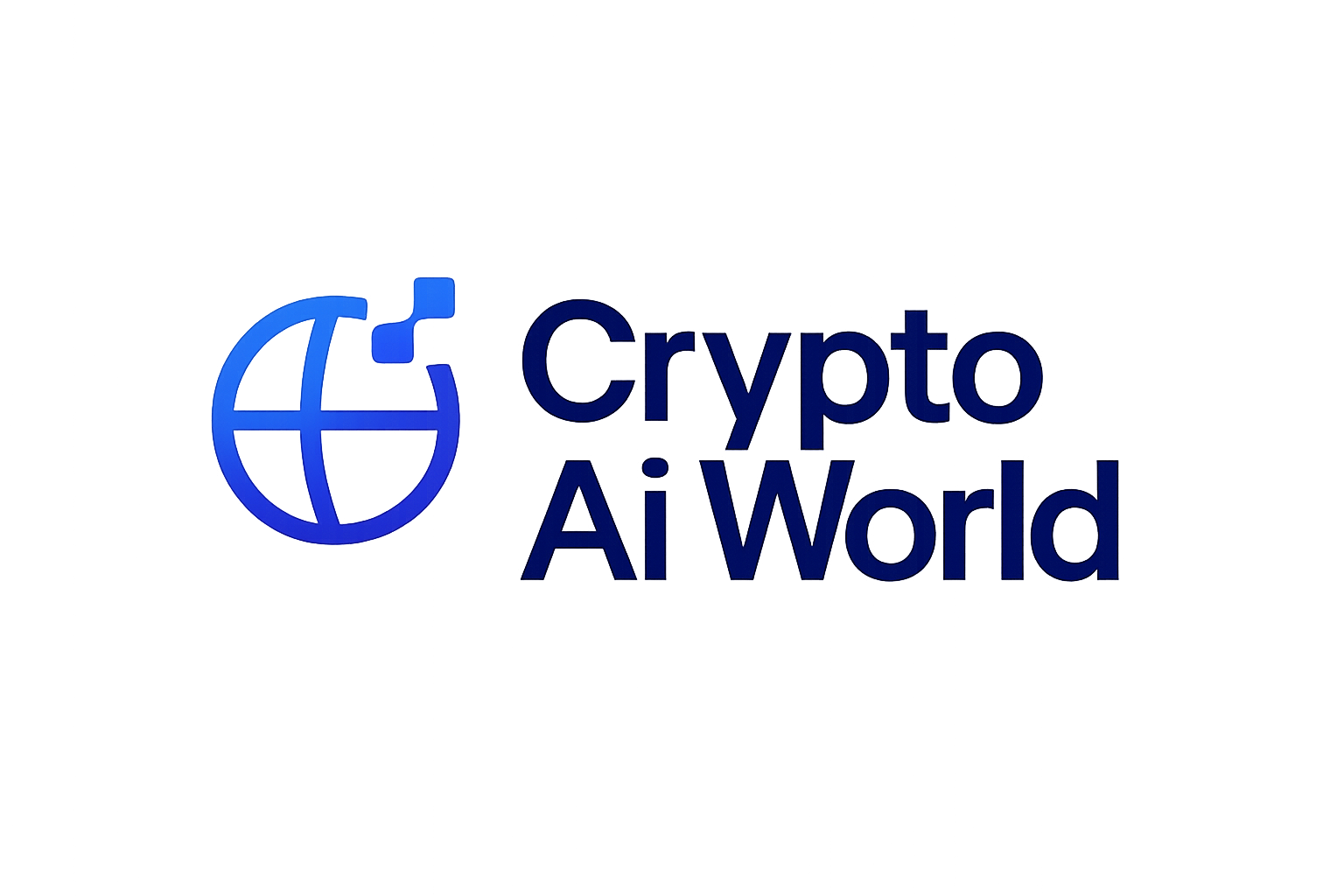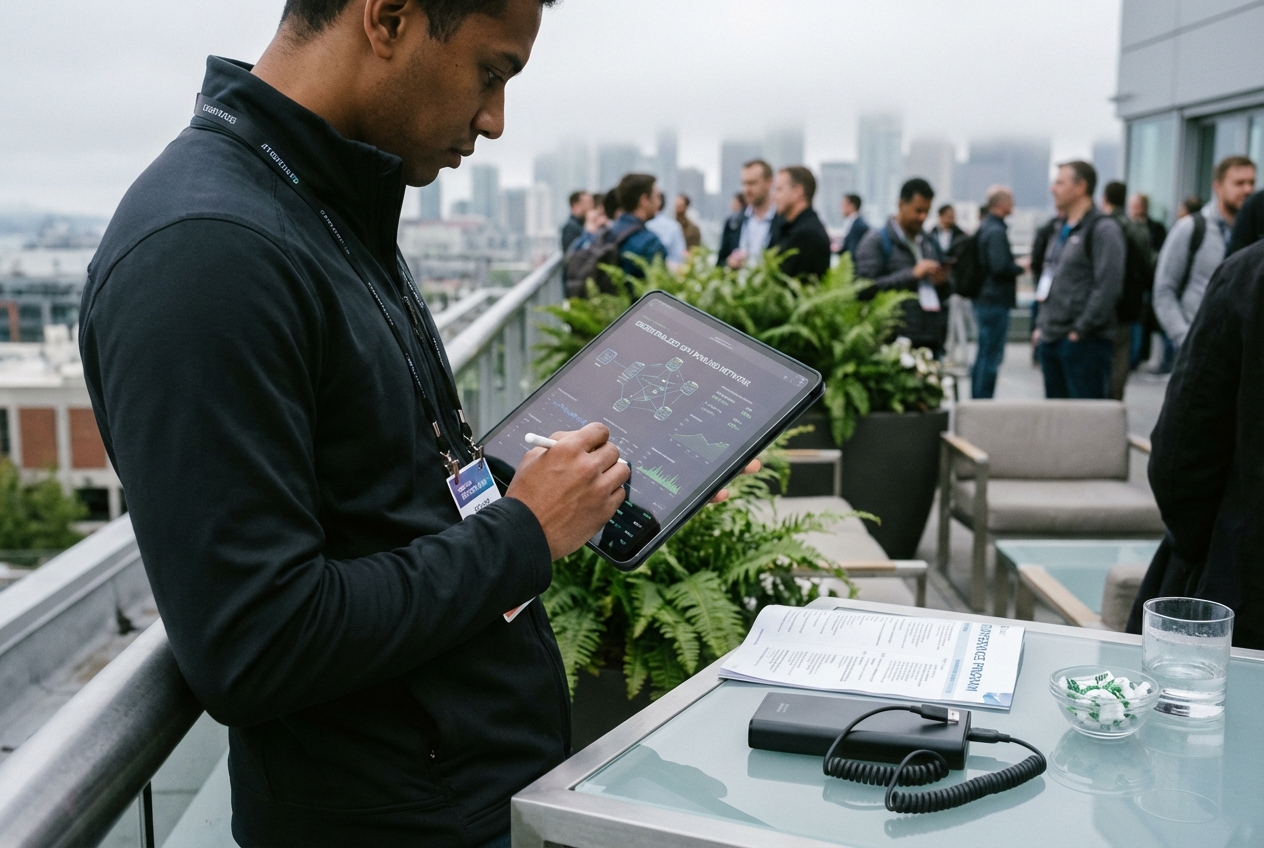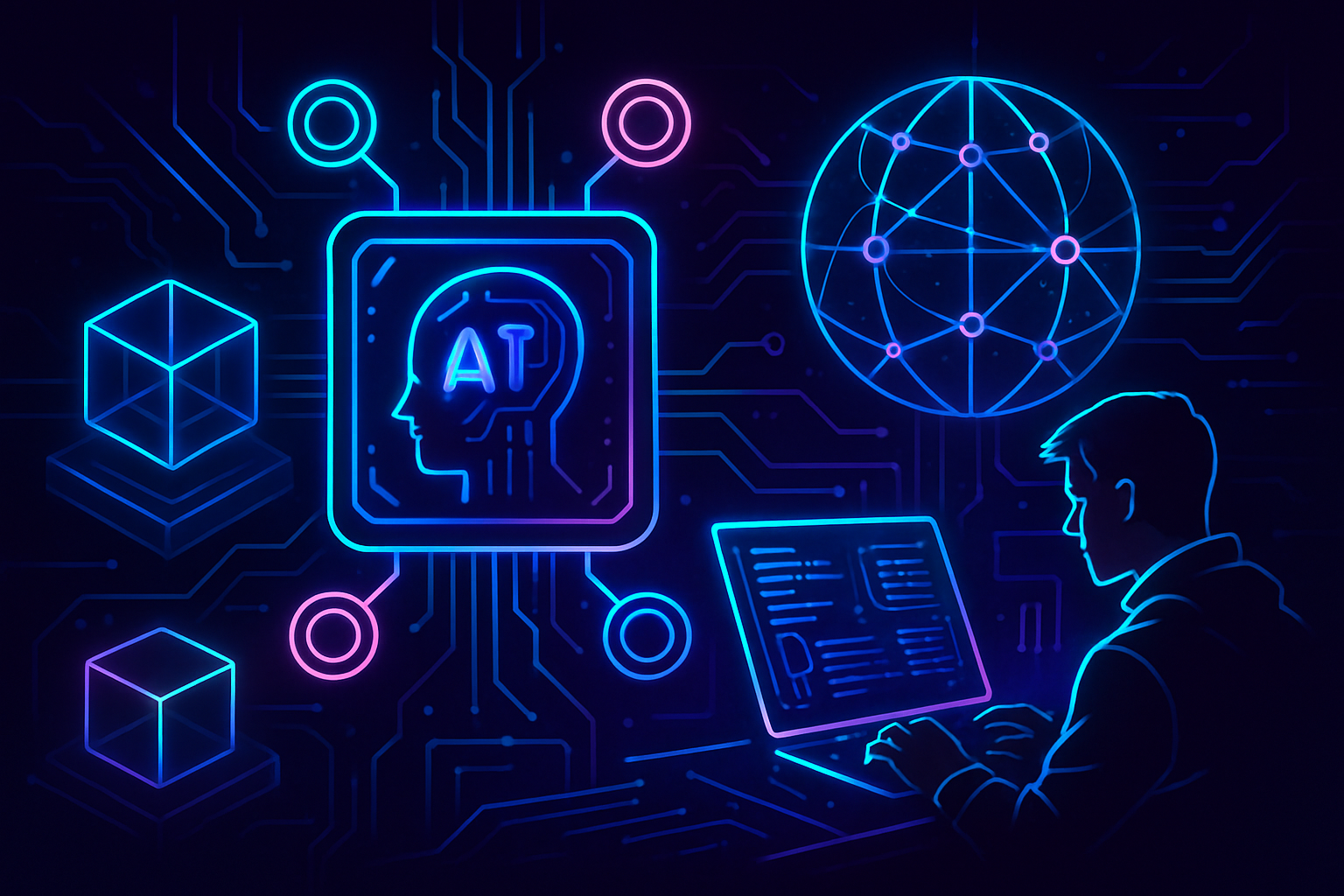
Decentralized AI compute networks are rapidly redefining the landscape for Web3 developers. By aggregating idle computational resources from around the globe, these networks challenge the dominance of centralized cloud providers and unlock new possibilities for scalable, privacy-centric, and censorship-resistant AI applications. The convergence of blockchain and AI is no longer a distant vision but an accessible reality, empowering creators to build the next generation of decentralized apps (dApps) with unprecedented efficiency.

Why Decentralized AI Compute Networks Matter for Web3
Traditional cloud infrastructure has long been the backbone of AI development. Yet, it comes with inherent limitations: high costs, vendor lock-in, single points of failure, and privacy concerns. In contrast, decentralized AI compute networks distribute workloads across a diverse ecosystem of independent nodes. This approach not only reduces operational costs but also aligns perfectly with the core principles of Web3: user empowerment, transparency, and open participation.
Projects like Render Network exemplify this shift by connecting those in need of GPU power with providers who have spare capacity. Such platforms enable efficient model training and rendering without dependence on centralized giants. Meanwhile, Bitseek and others are demonstrating how distributed architectures bolster data privacy by ensuring sensitive information is never stored in one vulnerable location.
The Key Benefits for Builders: Scalability, Security and Incentives
The appeal for Web3 developers goes much deeper than cost savings alone:
- Scalability and Cost Efficiency: By tapping into a global pool of resources, developers can scale their projects on-demand without facing prohibitive expenses or bottlenecks typical of legacy clouds.
- Enhanced Privacy and Security: Data is fragmented across many nodes. This architecture minimizes risks associated with breaches or unauthorized access – a critical consideration in today’s regulatory climate.
- Censorship Resistance: Decentralization makes it nearly impossible for any single entity to restrict access or censor applications running on these networks.
- Ecosystem Incentives: Token-based rewards encourage individuals and organizations to contribute their computing power. For example, Bittensor’s “proof-of-intelligence” mechanism rewards nodes based on output quality rather than brute force alone (source).
- Interoperability: Many decentralized compute protocols are designed to work across multiple blockchains, enabling seamless integration with existing dApps and infrastructure (source).
Pioneering Projects Shaping the Future of Web3 AI Infrastructure
The decentralized compute movement encompasses a growing roster of innovative projects:
Top Decentralized AI Compute Solutions for Web3
-
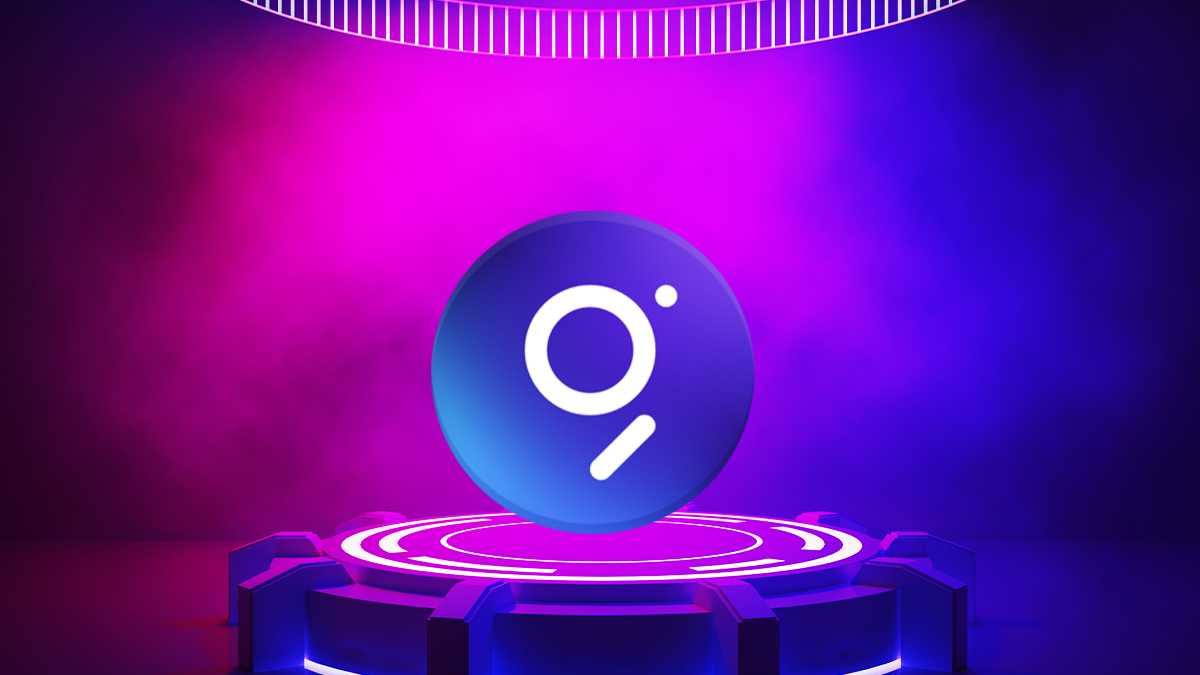
The Graph (GRT): An open-source protocol for indexing and querying blockchain data, enabling developers to build scalable Web3 applications. Current price: $0.0644
-
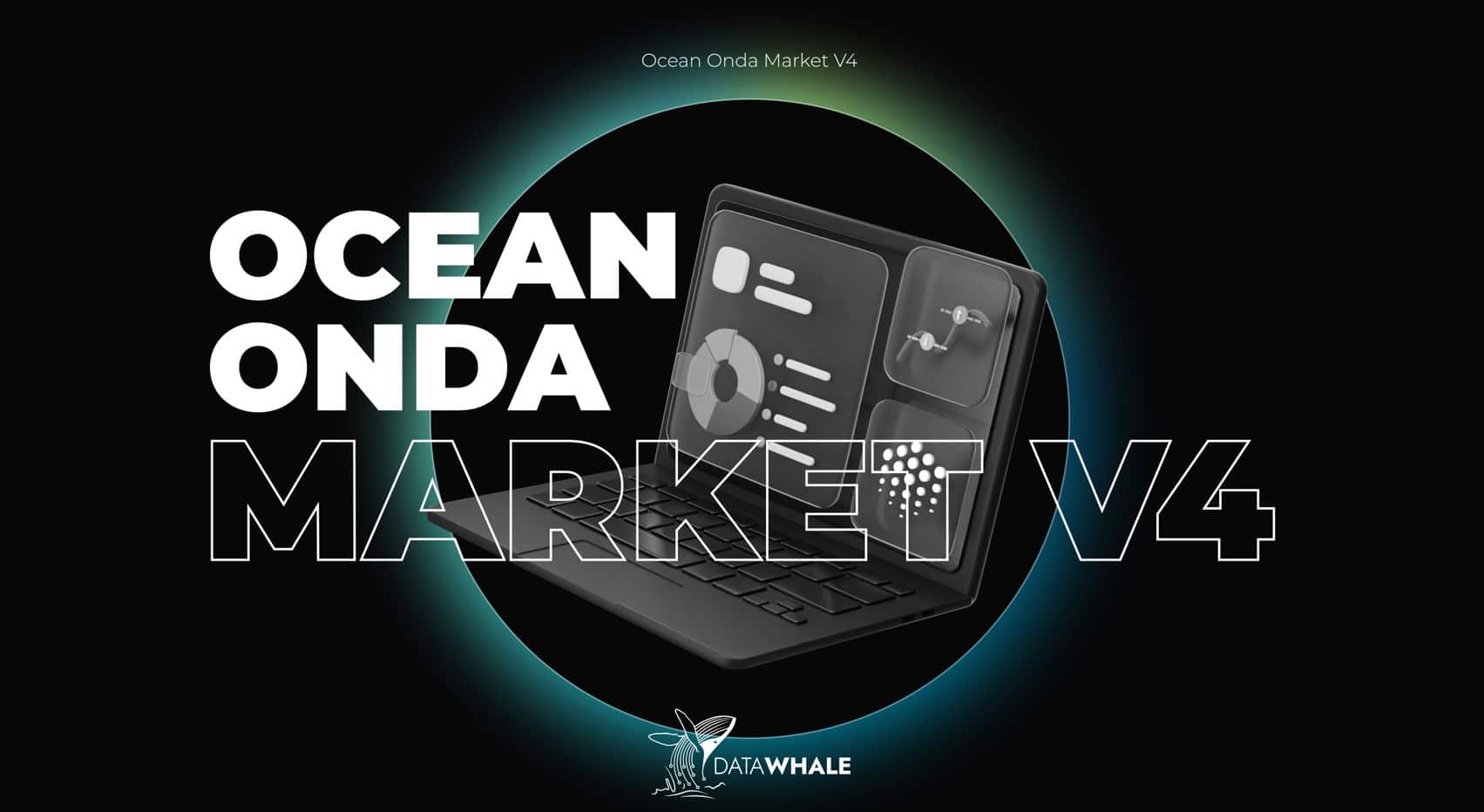
Ocean Protocol: A decentralized data exchange protocol that empowers developers to access, share, and monetize data for AI model training within the Web3 ecosystem.
-
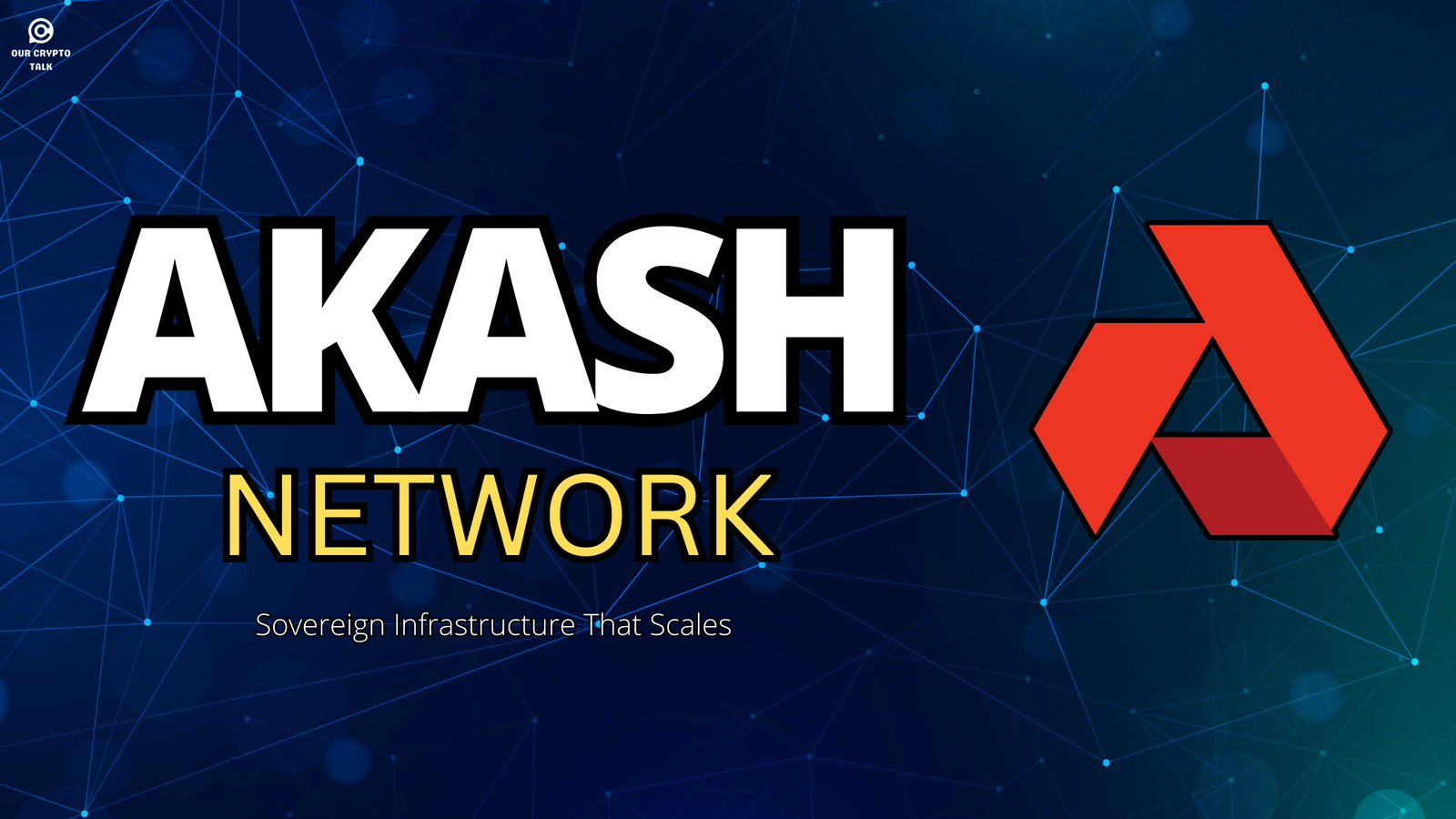
Akash Network: An open, decentralized cloud computing marketplace where developers can deploy and scale AI applications using distributed compute resources.
-
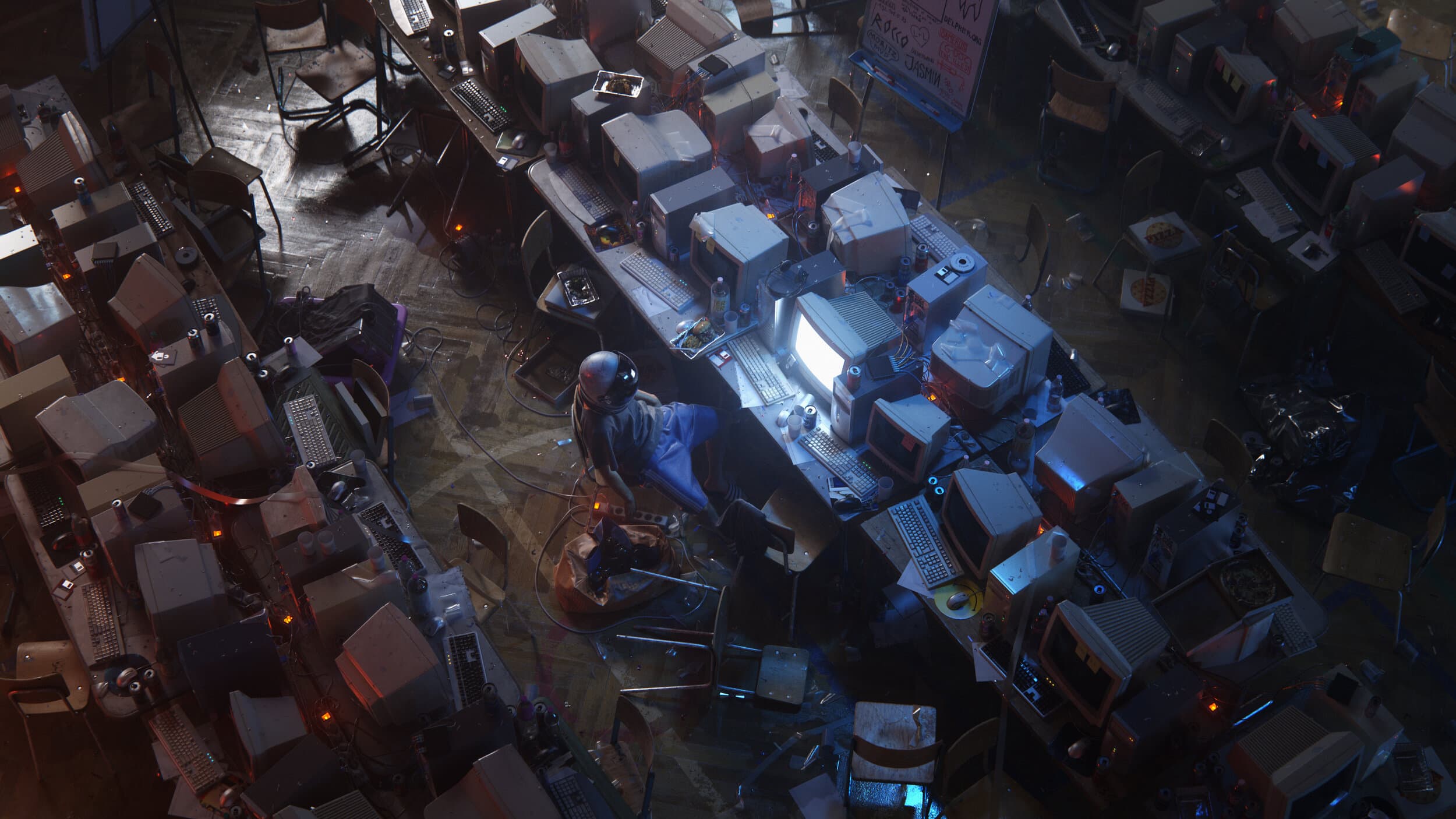
Render Network: A decentralized GPU rendering platform that connects users needing high-performance compute for AI and rendering tasks with providers offering unused GPU resources.
-
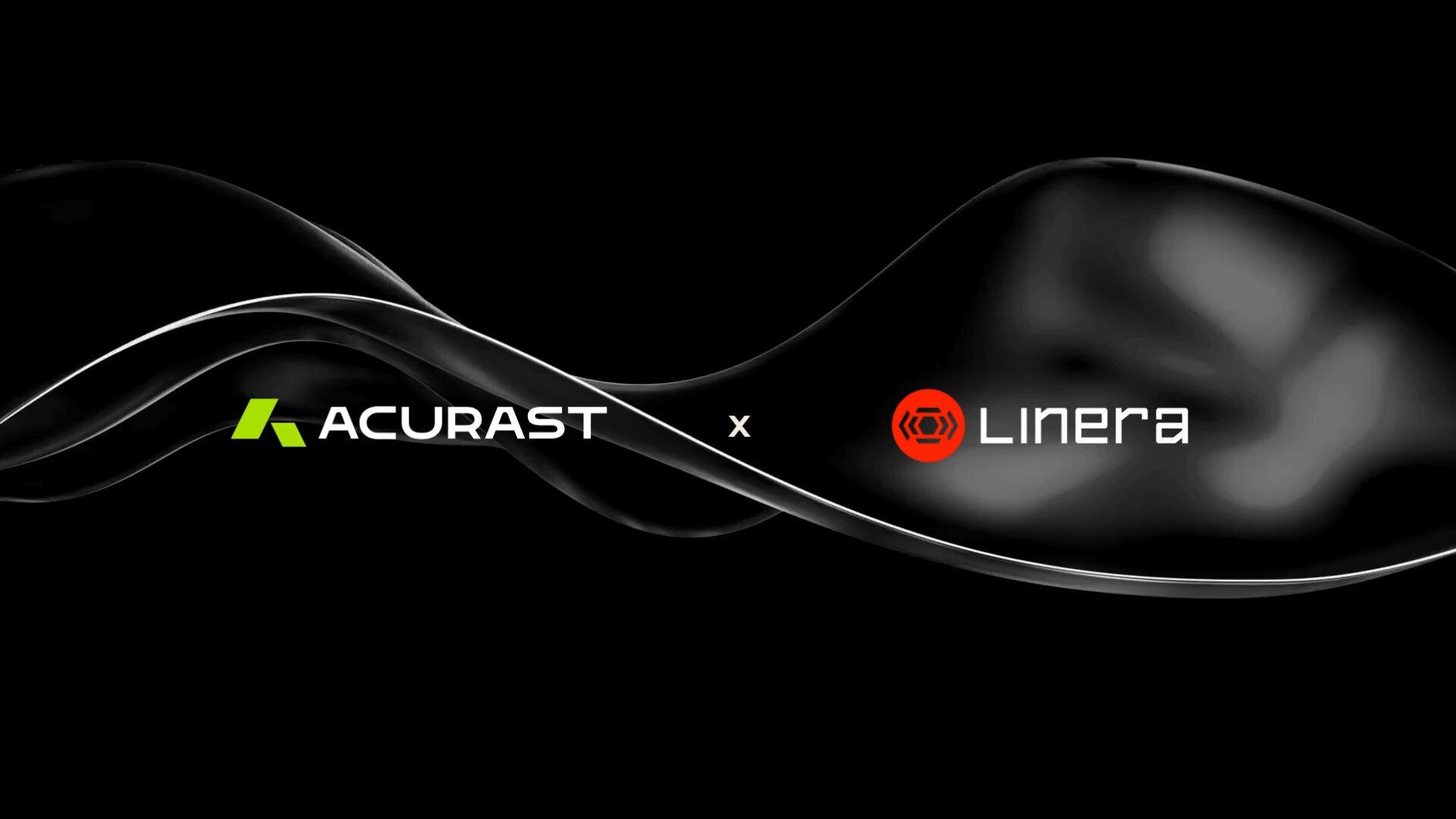
Acurast: A decentralized compute network leveraging smartphones and distributed devices to provide scalable, secure, and censorship-resistant computational power for AI-driven Web3 applications.
The Graph (GRT), currently priced at $0.0644 (as of the latest market update), enables efficient indexing and querying of blockchain data – a foundational tool for scalable dApp development (learn more). Similarly, Ocean Protocol fosters a decentralized data economy by allowing secure data sharing and monetization for AI training purposes.
Akash Network, meanwhile, operates as a marketplace where developers can buy or sell computing resources securely and efficiently – all without centralized gatekeepers. Spheron is another notable player working to eliminate reliance on traditional cloud providers by building truly decentralized infrastructure at scale.
The Modular Advantage: Composability Across Chains and Use Cases
A defining feature of modern blockchain-AI integration is composability: the ability to mix-and-match protocols to suit specific needs. Platforms like ØG’s Modular DeAIOS allow effortless integration so that developers can create, connect, and scale AI-driven dApps across multiple blockchains without friction (

). This flexibility accelerates innovation while reducing technical overhead for teams seeking to push boundaries in DeFi, gaming, NFTs or autonomous organizations.
For Web3 developers, the shift to decentralized AI compute networks is not just about technical evolution, it’s about unlocking new creative and economic frontiers. By leveraging modular, interoperable infrastructure, teams can rapidly prototype and deploy AI-powered applications in domains ranging from decentralized finance (DeFi) to digital art, gaming, and beyond. The composability of these networks means that smart contracts on one chain can seamlessly interact with AI services provisioned on another, dramatically expanding the design space for next-generation dApps.
Consider the impact on data-driven NFTs or autonomous DAOs: with decentralized compute, artists and organizations can train bespoke AI models without exposing sensitive data to centralized providers. Projects like Acurast demonstrate how even smartphones can participate as secure compute nodes, broadening access and democratizing participation. This granular level of control over both data and computation aligns perfectly with the Web3 ethos of user empowerment and open innovation.
Real-World Adoption: Developer Experiences and Community Growth
The momentum behind decentralized AI compute is palpable in developer communities. From hackathons to mainnet launches, builders are sharing stories of faster iteration cycles, improved privacy guarantees, and reduced infrastructure costs. As more projects integrate solutions like Akash Network or Render Network into their stacks, a vibrant ecosystem is emerging, one where contributors are rewarded not just for mining or staking but for providing valuable computational power that fuels real-world AI use cases.
This collaborative spirit extends to governance as well. Many decentralized compute networks employ token-based voting systems that allow users to influence protocol upgrades or resource allocation. Such mechanisms ensure that the interests of developers, node operators, and end-users remain aligned as the ecosystem evolves.
Key Tools Empowering Web3 Developers
Top Decentralized AI Compute Solutions for Web3
-
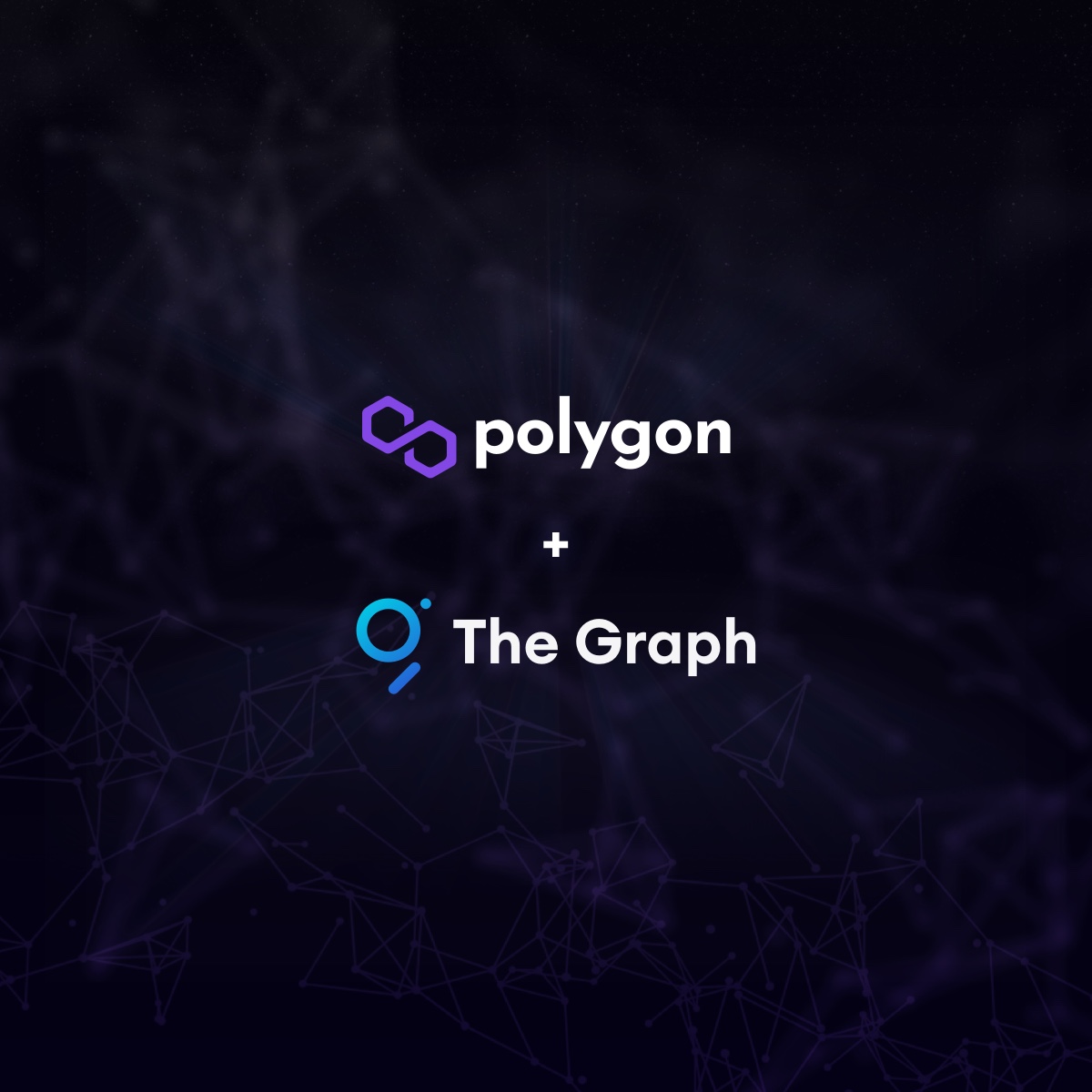
The Graph (GRT) – Current Price: $0.0644An open-source protocol that enables efficient indexing and querying of blockchain data, empowering developers to build scalable, AI-driven Web3 applications without managing complex infrastructure.
-
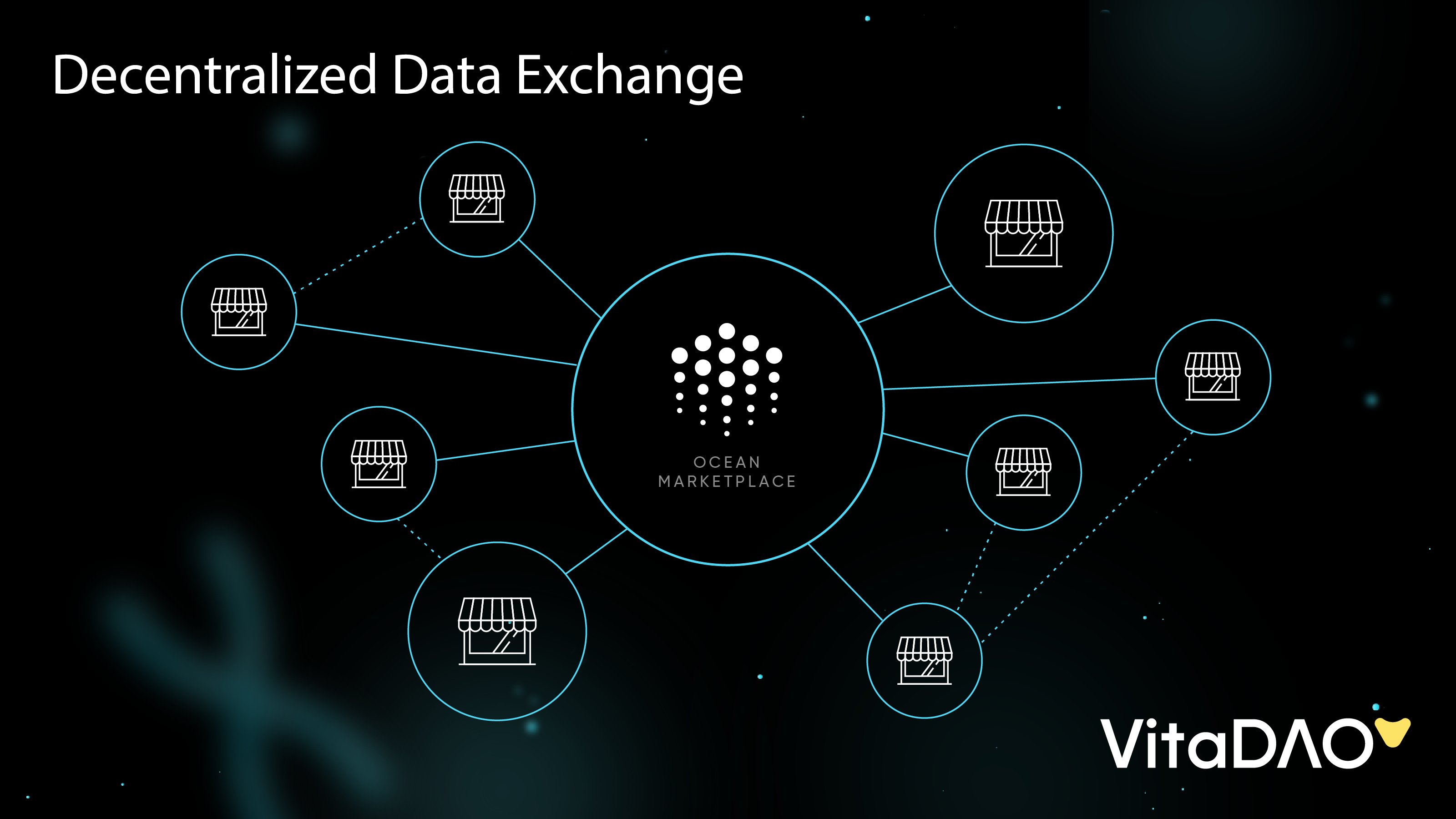
Ocean ProtocolA decentralized data exchange protocol that allows developers to securely access, share, and monetize data for AI model training, fostering a robust data economy within the Web3 ecosystem.
-
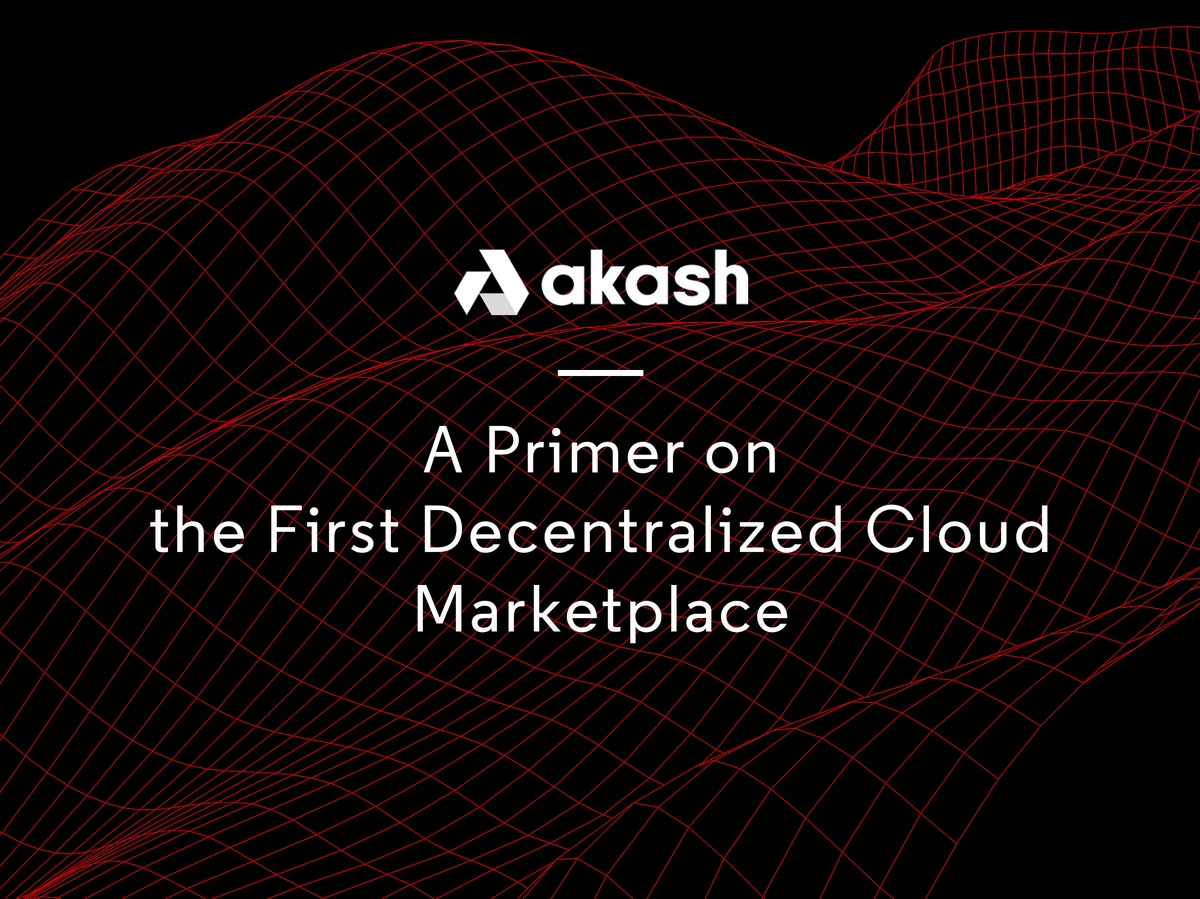
Akash NetworkA decentralized cloud computing marketplace where developers can buy and sell compute resources, making it easy to deploy and scale AI applications without relying on centralized cloud providers.
-
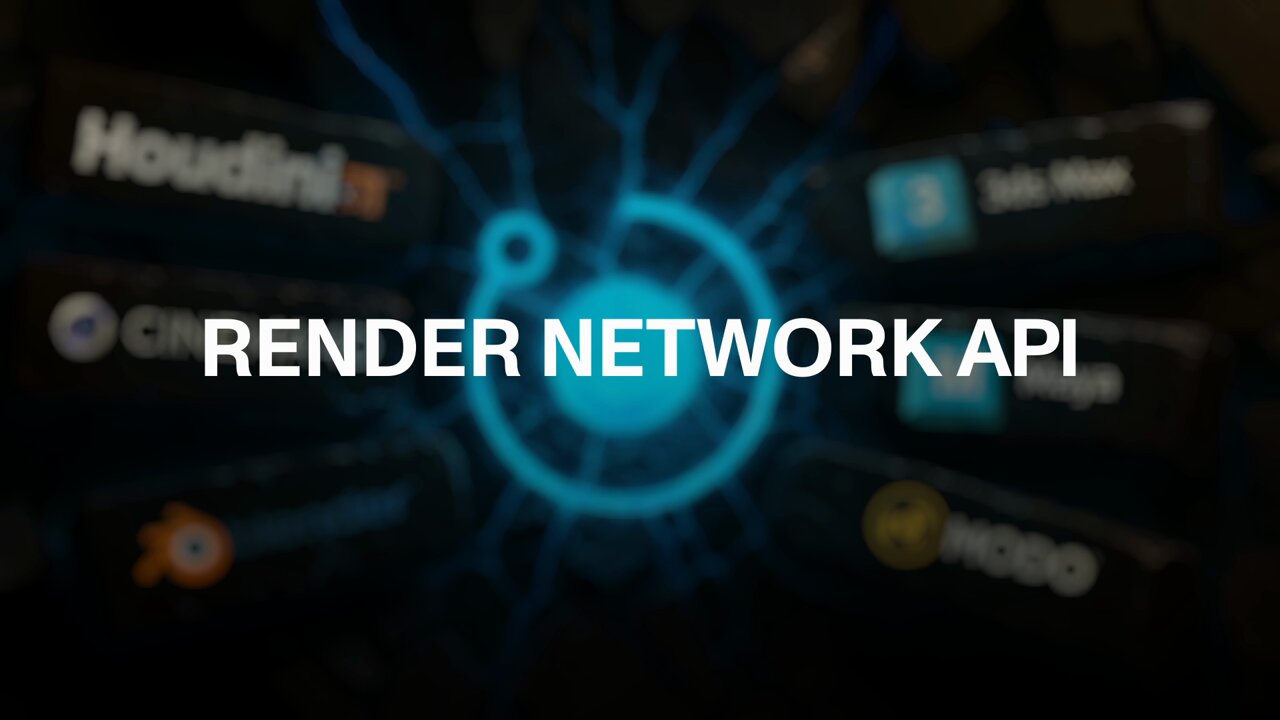
Render NetworkA decentralized GPU rendering platform that connects users needing computational power with providers offering unused GPUs, ideal for AI model training and rendering tasks in Web3 environments.
-
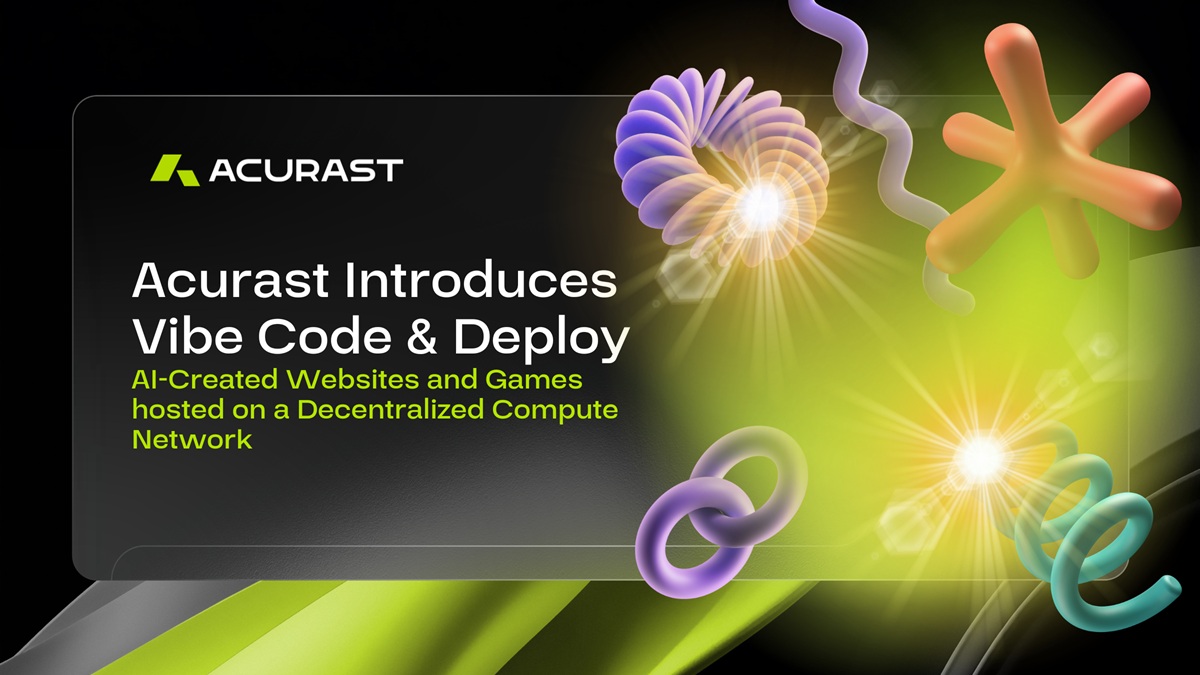
AcurastA truly decentralized compute network powered by smartphones, offering scalable and secure computational resources for AI workloads without dependence on centralized servers.
The Graph (GRT), priced at $0.0644 per token in the latest market snapshot, remains a cornerstone for querying blockchain data at scale (learn more). Ocean Protocol’s focus on secure data marketplaces enables transparent access to high-quality datasets for training powerful models, a critical ingredient for any serious Web3 AI project.
Akash Network continues to lower barriers for entry by connecting developers with affordable compute resources through its open marketplace model. Render Network’s GPU-sharing platform has become indispensable for those pushing the limits of generative art or real-time 3D rendering in blockchain environments. Meanwhile, Acurast’s smartphone-powered approach showcases how everyday devices can help decentralize compute infrastructure further, making it accessible even in regions underserved by traditional cloud services.
Looking Ahead: Challenges and Opportunities
The road ahead isn’t without obstacles. Interoperability standards are still maturing; cross-chain orchestration and seamless developer tooling remain active areas of research. Yet these challenges are being met head-on by a community that values transparency over opacity and collaboration over walled gardens.
As adoption accelerates, expect new incentive models, like Bittensor’s proof-of-intelligence, and governance frameworks to emerge that better reward meaningful contributions while safeguarding network integrity (source). For those building at the intersection of blockchain and artificial intelligence today, the opportunities are vast, and growing more tangible by the month.

“Balance is the key to sustainable growth. ”
